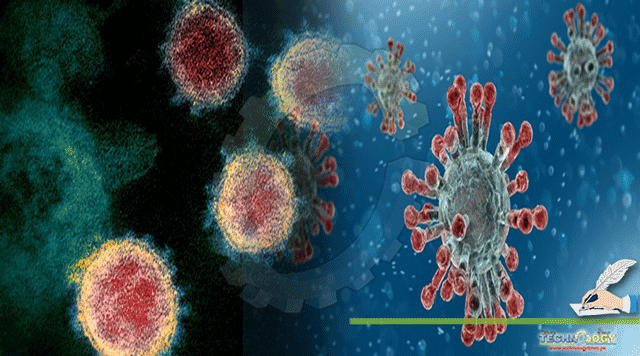The world, as we knew, does not exist anymore. It has been replaced by a new normal- a world with COVID-19 pandemic. This outbreak has resulted in numerous deaths around the globe, the figure reaching to a million.

By Tooba Naeem and Sarah Naeem
At the beginning of this pandemic, the spread of the virus was swift and unanticipated. There were those who showed the symptoms identified with the SARS-CoV-2 and those who showed no symptoms at all, such people are referred to as asymptomatic.
According to a research conducted by Health Sciences Department at the University of Arizona, the reason why some infected individuals show no symptoms is because the virus, SARS-CoV-2, suppresses pain.
The findings of this research will be of immense significance as highlighted by the study’s corresponding author Rajesh Khanna, a Professor of medicine at the Tuscan’s Department of Pharmacology. “You have the virus, but you don’t feel bad because your pain is gone. If we can prove that this pain relief is what is causing COVID-19 to spread further, that’s of enormous value”, says Dr. Khanna.
The research revolves around the idea that pain, an early symptom of COVID-19, is suppressed by the interference of the SARS-CoV-2 spike proteins in the body’s pain signaling pathway, as stated by the Senior Vice President Michael D. Dake of University of Arizona.
SARS-CoV-2 ingresses into the host cells through two receptors namely angiotensin-converting enzyme 2 (ACE2) receptor and neuropilin-1 receptor. This information linked with a 15 years lab experiment conducted by Dr. Khanna in affiliation with the University of Arizona Health Sciences Comprehensive Pain and Addiction Center, indicates that perhaps the SARS-CoV-2 spike proteins maybe involved in the pain processing pathways that are downstream of neuropilin-1.
The body feels pain in response to many biological pathways. One such pathway is through a protein named vascular endothelial growth factor-A (VEGF-A). This protein is also associated with diseases such as cancer, rheumatoid arthritis and, most recently, COVID-19. The binding of VEGF-A to the neuropilin-1 receptor results in
the hyperexcitability of neurons which creates pain.
In order to ratify the hypothesis that SARS-CoV-2 interferes with the VEGF2/neuropilin-1 pain pathway, a series of experiments were conducted on rodent models. It was established that the SARS-CoV-2 spike proteins altered the VEGFinduced pain signaling entirely.
This study is said to be published in the journal of the International Association for
the Study of Pain.